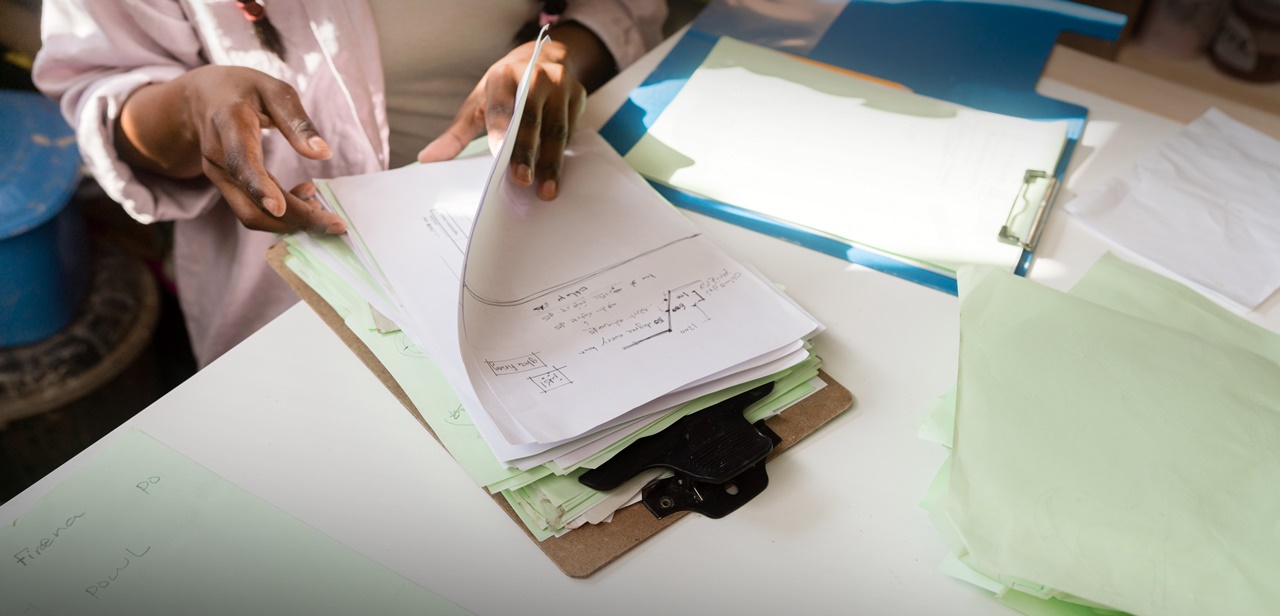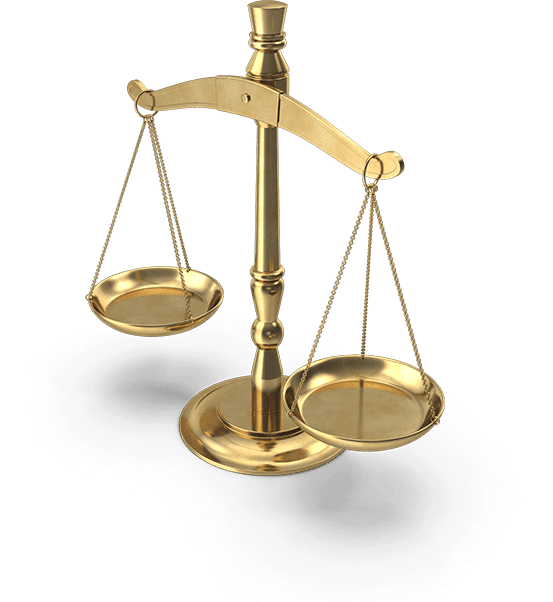Research and Development in Philippine Tax Law
Contents
- What is considered research and development under Philippine tax law?
- When is R&D deducted in full during the taxable year it was paid or incurred?
- When should R&D be amortized over tax several period?
- What are the requirements to avail of this R&D deduction under Philippine Tax Law?
- What are examples of R&D deductions?
- What are not considered R&D deductions?
What is considered research and development under Philippine tax law?

The word “research and development” (R&D) refers to the work a business does to innovate and enhance its processes and goods.
In business, research and development may be defined as activities by taxpayers in developing and making innovations for introductions of new or better services or products.
Research and development (R&D) is not defined by the Internal Revenue Code of the Philippines.
However, R&D may be defined based on the Internal Revenue Code providing for this deduction.
There are two types of R&D expenditures that are provided under the tax laws.
- R&D that can be deducted in full during the taxable year that it was incurred or paid.
- R&D distributed over several taxable periods based on the anticipated income that it will generate for the taxpayer.
Any taxpayer may claim a deduction for R&D.
It is an allowable deduction to an individual or to juridical entities such as corporations and partnerships.
The taxpayer claiming this deduction must adopt an itemized deduction and not the optional standard deduction.
When is R&D deducted in full during the taxable year it was paid or incurred?

There are several conditions before R&D deductions are allowed
R&D can be deducted in full by the taxpayer when:
- R&D was incurred in connection with the business, profession, or trade in which the taxpayer is engaged.
- R&D was incurred for the expansion, improvement, or growth of the product, services, or trade that the taxpayer is already offering to the public.
- These costs must be considered as ordinary and necessary in the performance of the business, trade, or profession of the taxpayer.
All of these three elements must be present in order for the taxpayer to claim R&D as an allowable deduction for the taxable year that these expenses were incurred.
When should R&D be amortized over tax several period?

Development R&D costs may be amortized but must not exceed 60 months from the time the income was realized.
Amortization of the R&D means that R&D costs will be distributed based on a pro-rata basis of the income that will be generated by the R&D.
The determination of pro-rata basis is determined by the regulations and rules issued by the Secretary of Finance with the assistance of the Commisioner.
It must be chargeable to the capital of the taxpayer and not to a property subject to depreciation and depletion which was used by the taxpayer in the R&D.
Additionally, the distribution of the pro-rata expense must not exceed the period of sixty months or five years from the time that income was realized.
These conditions must be met in order for the deductions to be distributed over several taxable periods.
The election of the method for amortization of the expenses may be changed by the taxpayer with the approval of the Commissioner.
Computer-generated systems are the normal examples of R&D expenses that a taxpayer may incur in relation to the exercise of its business, trade, or profession.
What are the requirements to avail of this R&D deduction under Philippine Tax Law?

All expenses must be properly substantiated.
Aside from the above-mentioned requirements for deducting in a single taxable period, all expenses incurred must be properly substantiated.
This means that all expenses must be proven or documented.
The taxpayer must file and store official receipts, purchase orders, acknowledgment receipts, or other documentation proving the amount used for these expenses.
It is a matter of proving the BIR that the proper amount was declared as an R&D expenditure through proper record keeping.
What are examples of R&D deductions?

R&D can be as simple as development of a new burger patty.
Let’s take for example a taxpayer who is engaged in the sale of selling burgers.
In the course of the business, the taxpayer found and developed a new burger patty that is made of pure meat but can still provide health benefits to the consumer.
The taxpayer offered this to the public and earned income as a result of the innovation in the burger patty. The new burger patty cost one million pesos to develop.
This cost of one million pesos should be allowed as a deduction for its whole amount during the taxable year that this expense was incurred.
The expense was incurred in the ordinary and necessary course of the business of selling burgers.
The next example is a taxpayer who is running a grocery store.

R&D such as developing a new computer system may be amortized.
This grocery store uses a manual system in the cashier which leads to a long queue of customers.
The taxpayer wants to make a payment system to prevent the customer queue.
The taxpayer invested in a new process and computer system to and developed a new system to speed up the payment process in the grocery.
This grocery store managed to generate income in greater amounts than what it used to do under the old system because it was able to process more customers.
The cost of this computer system is not incurred by the taxpayer in the ordinary and usual course of business, as its usual business is selling goods.
As these R&D expenses do not fall under its usual business course, these can be amortized on a pro-rata basis based on the income generated by the taxpayer.
The costs of R&D may be amortized in proportion to the income that it generates and in approval of the method prescribed by the Secretary of Finance and the Commissioner.
What are not considered R&D deductions?

One of the exceptions is property owned by a taxpayer that has been used for research and development that is depreciated
The tax law explicitly provides for enumerations of activities that cannot be considered R&D deductions.
One of the exclusions are properties of a taxpayer that were used in R&D that are subject to depreciation and depletion.
It also provides that any expenditure for the acquisition and improvement of land.
Lastly, any expenditure paid or incurred for the purpose of ascertaining the existence, location, extent, or quality of any deposit of ore or other mineral, including oil or gas.
These expenses are expenses that are normally incurred by taxpayers who are engaged in the business of mining.
Here, the expense incurred by the taxpayer can still be considered as an allowable deduction but falls under a different category and not under R&D.
It may be considered as Exploration and Development Expenditures under the Philippines tax laws for those taxpayers who normally incur this kind of expense in the course of their business.






0 Comments